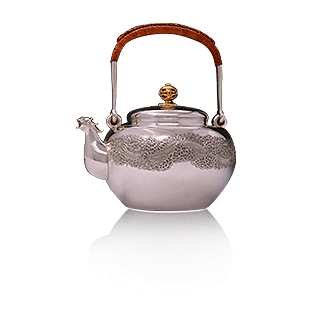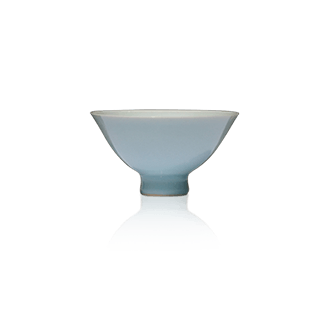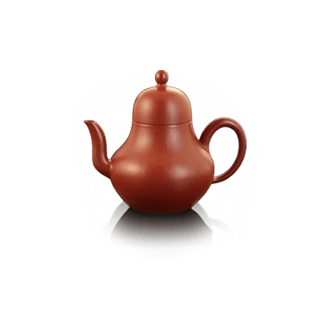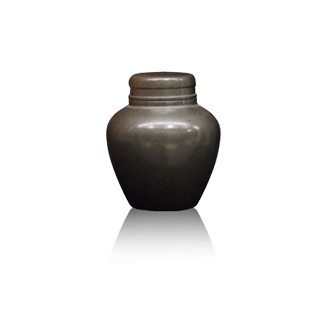

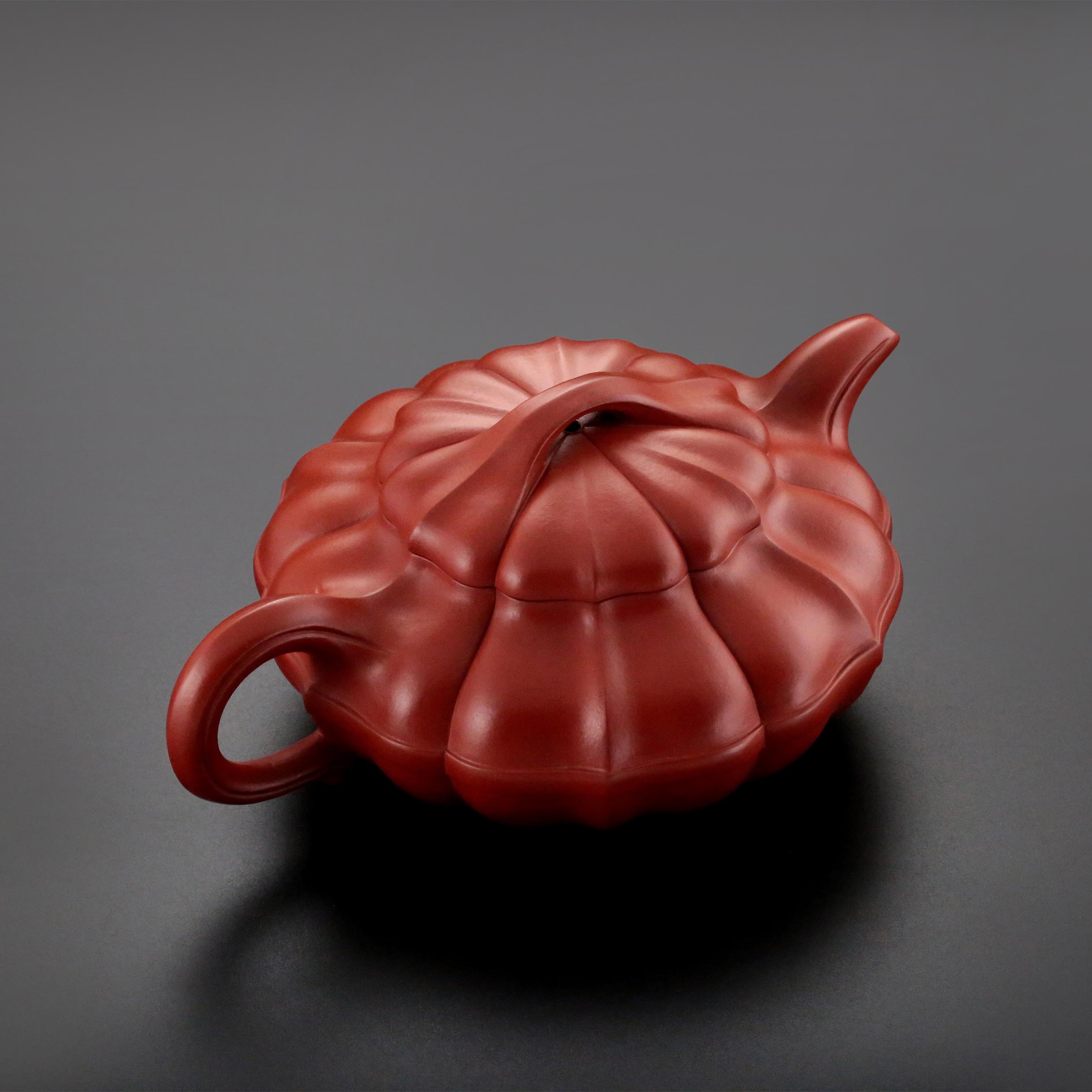

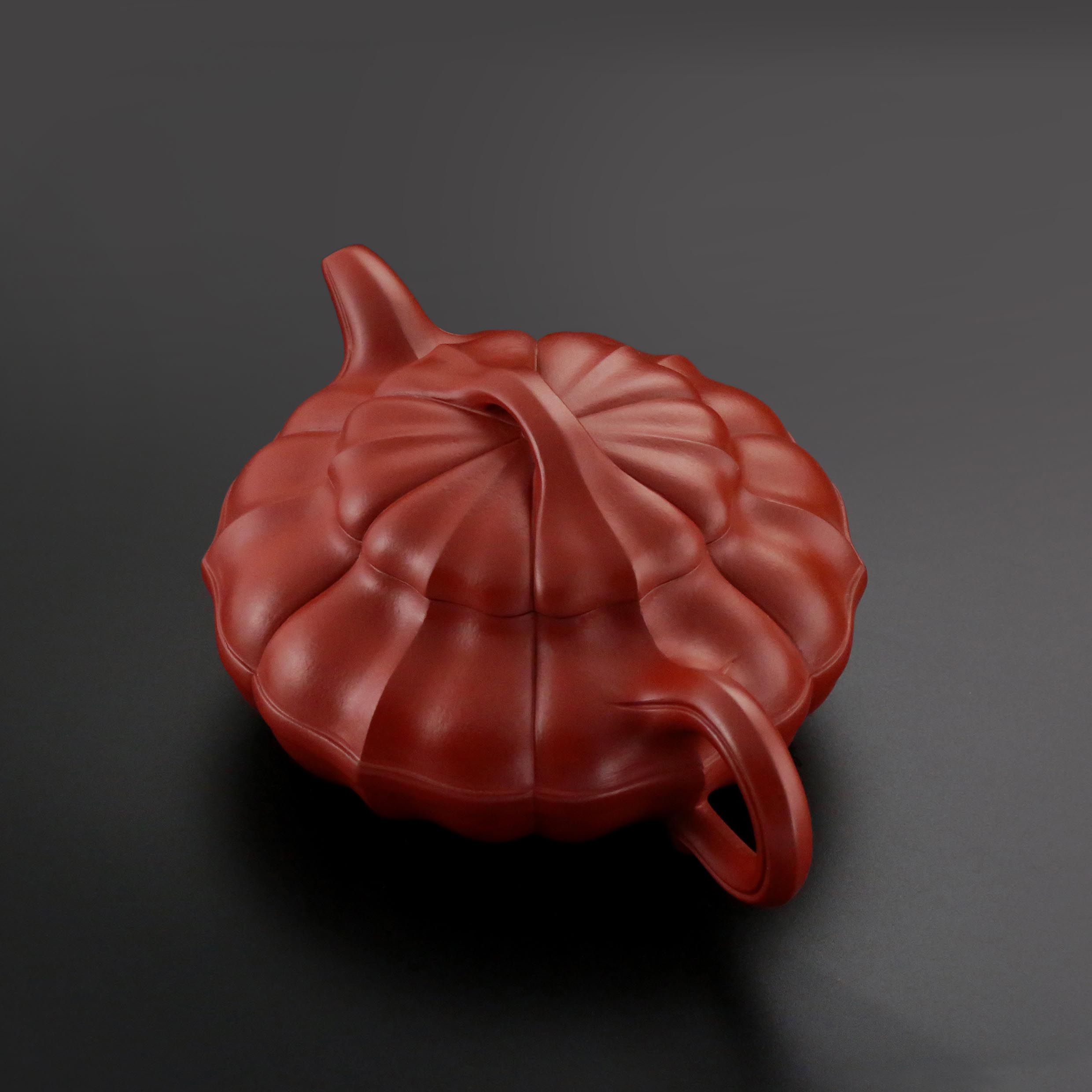
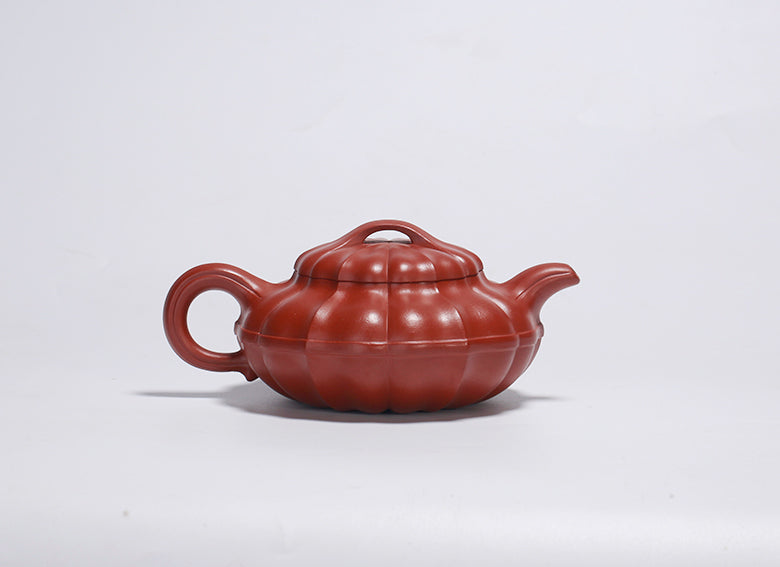

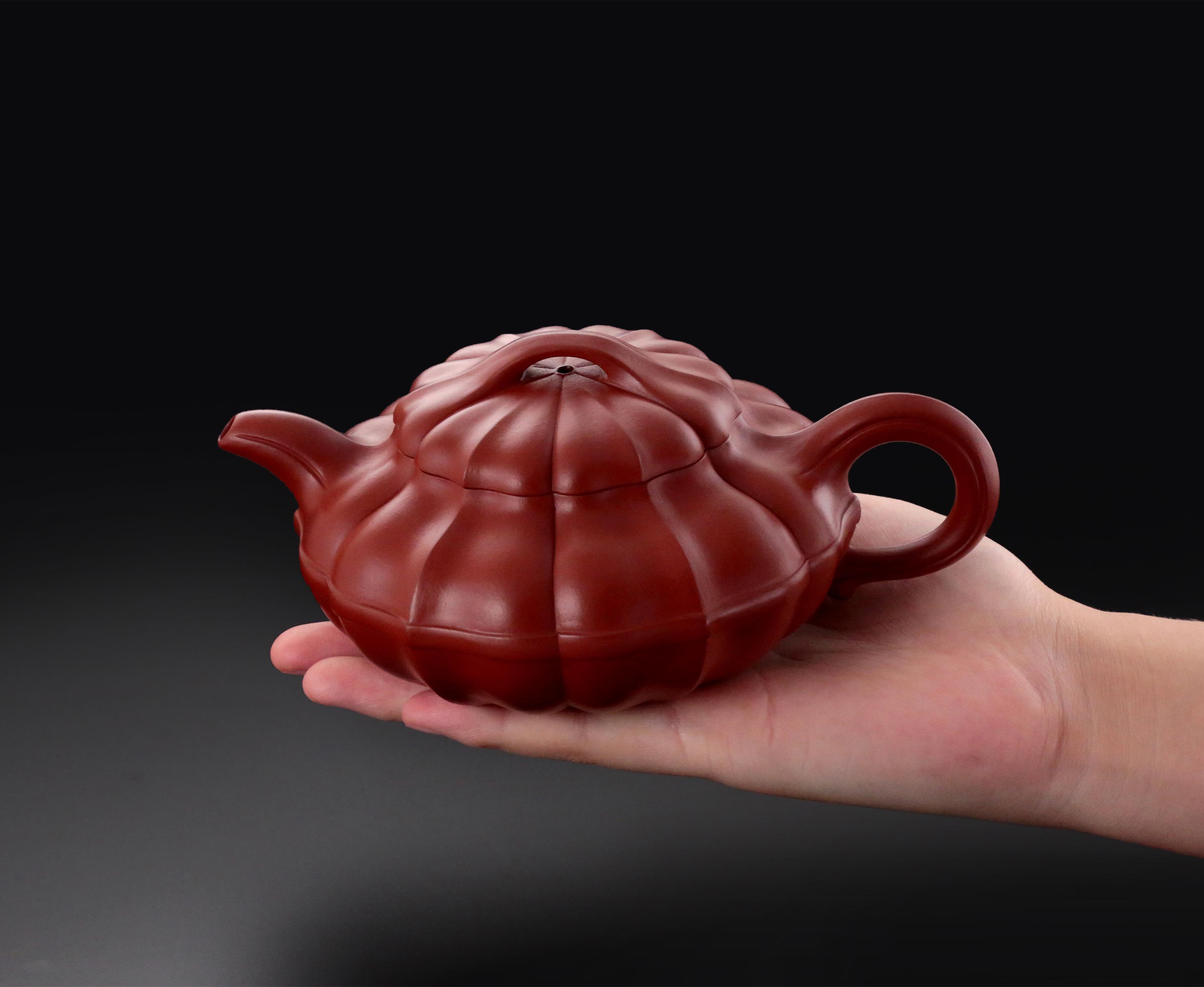
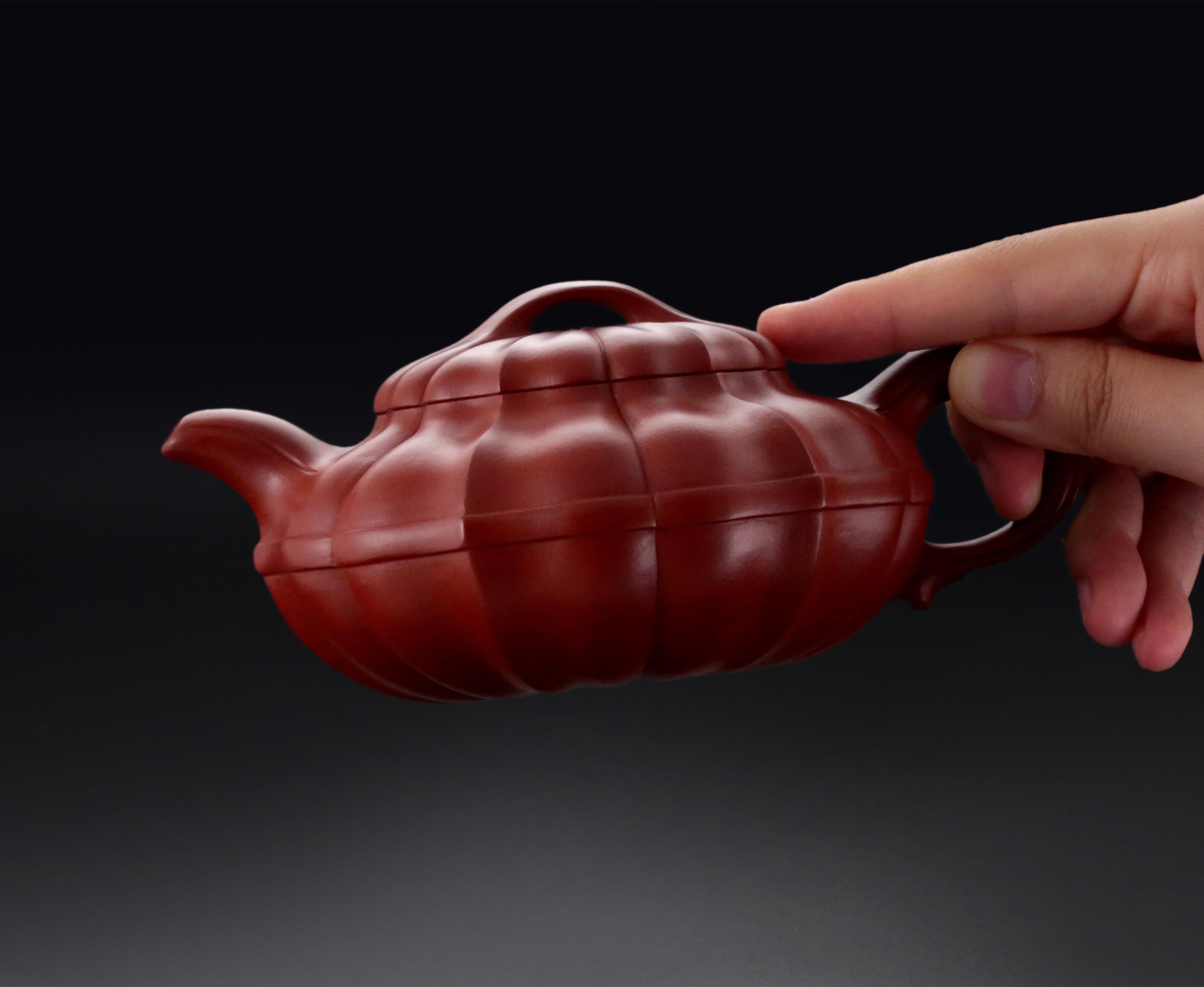
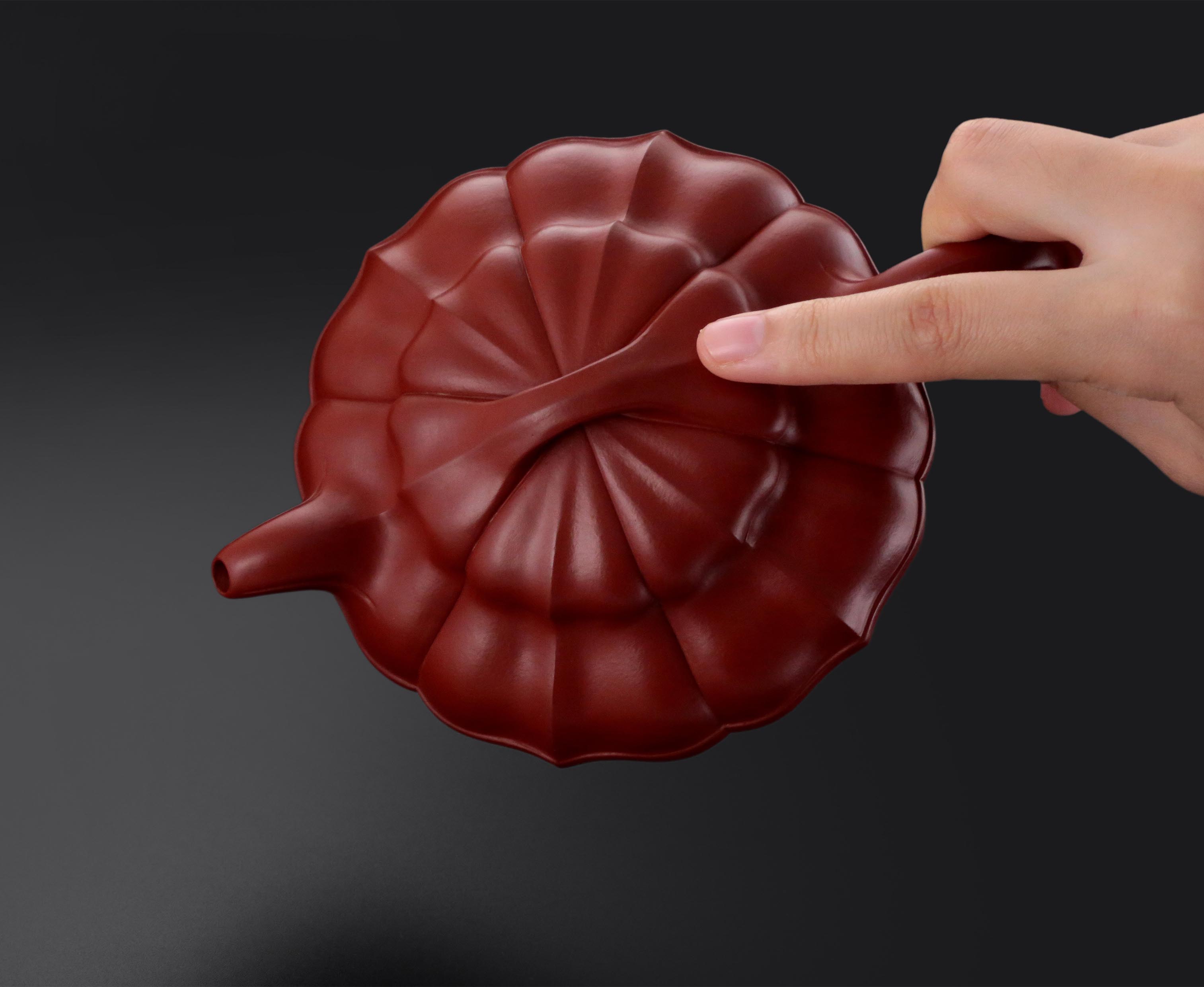
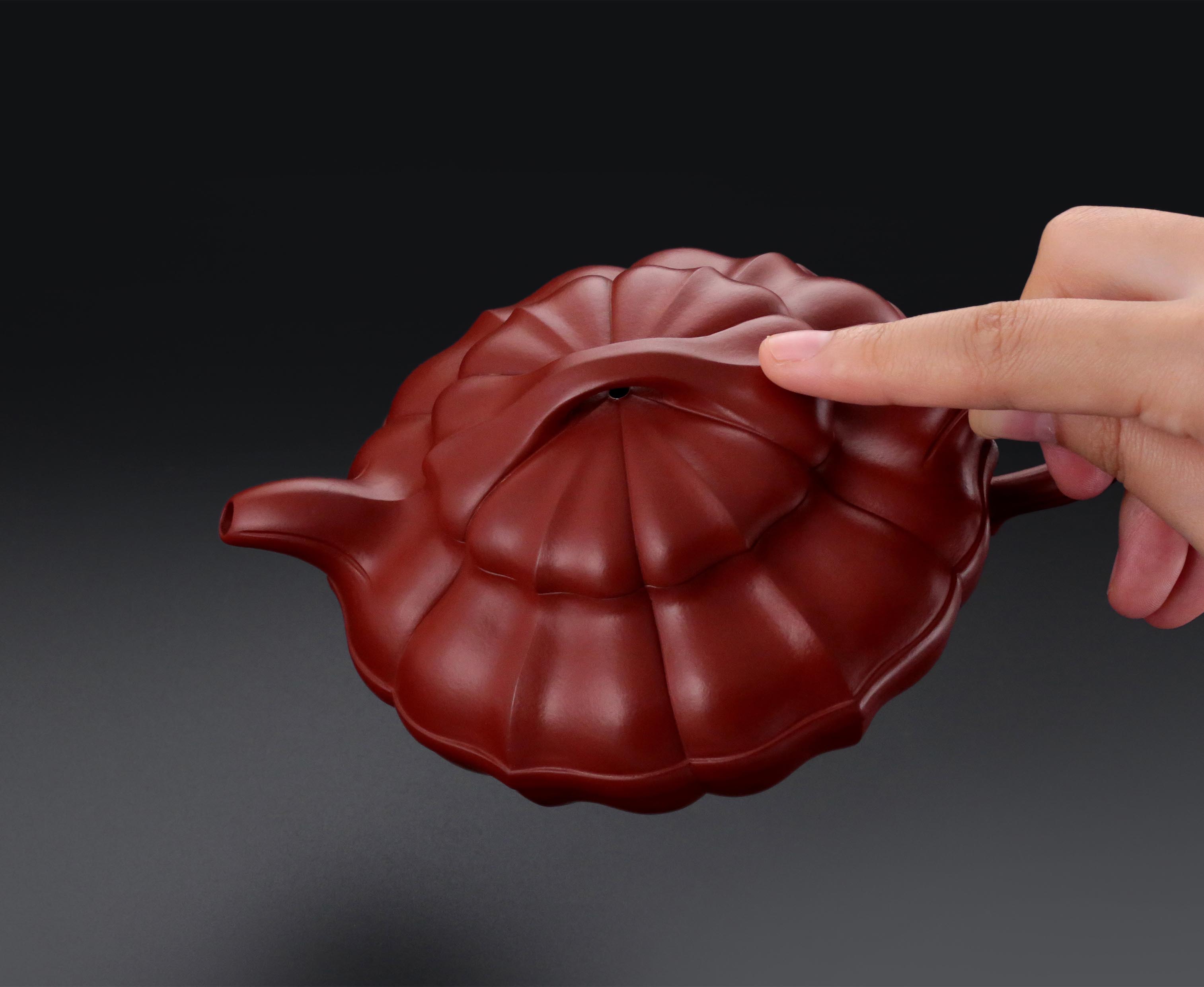
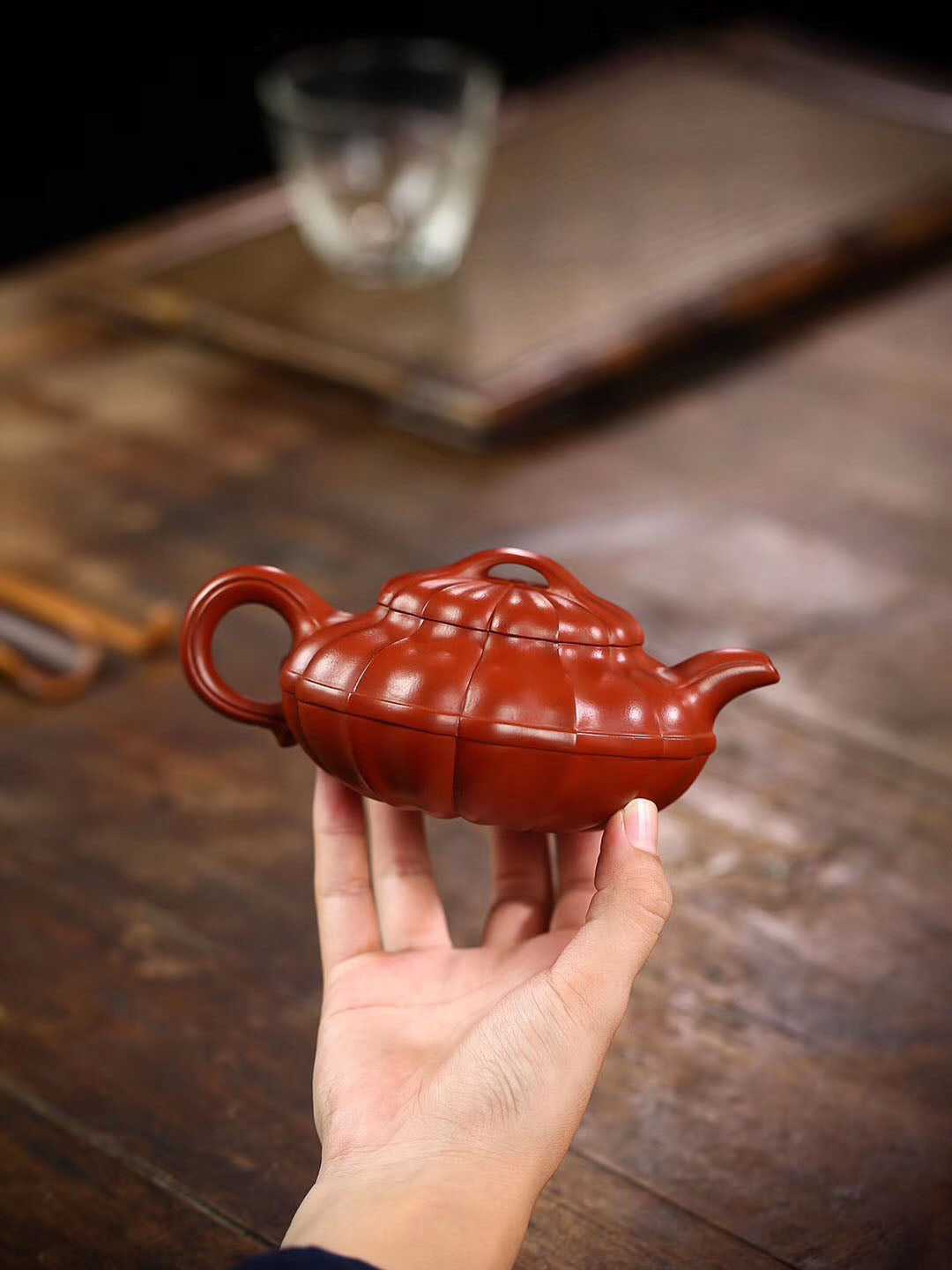


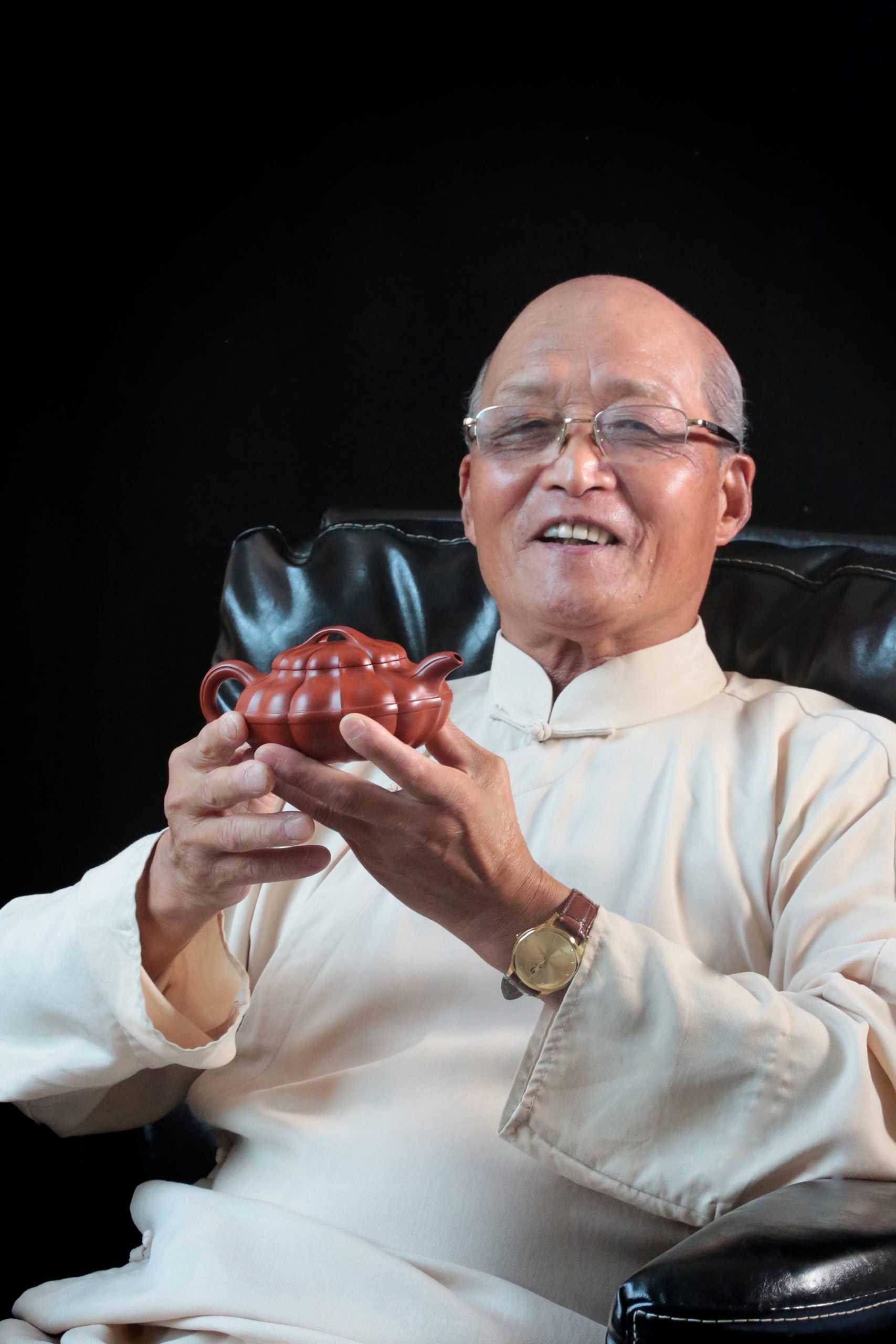
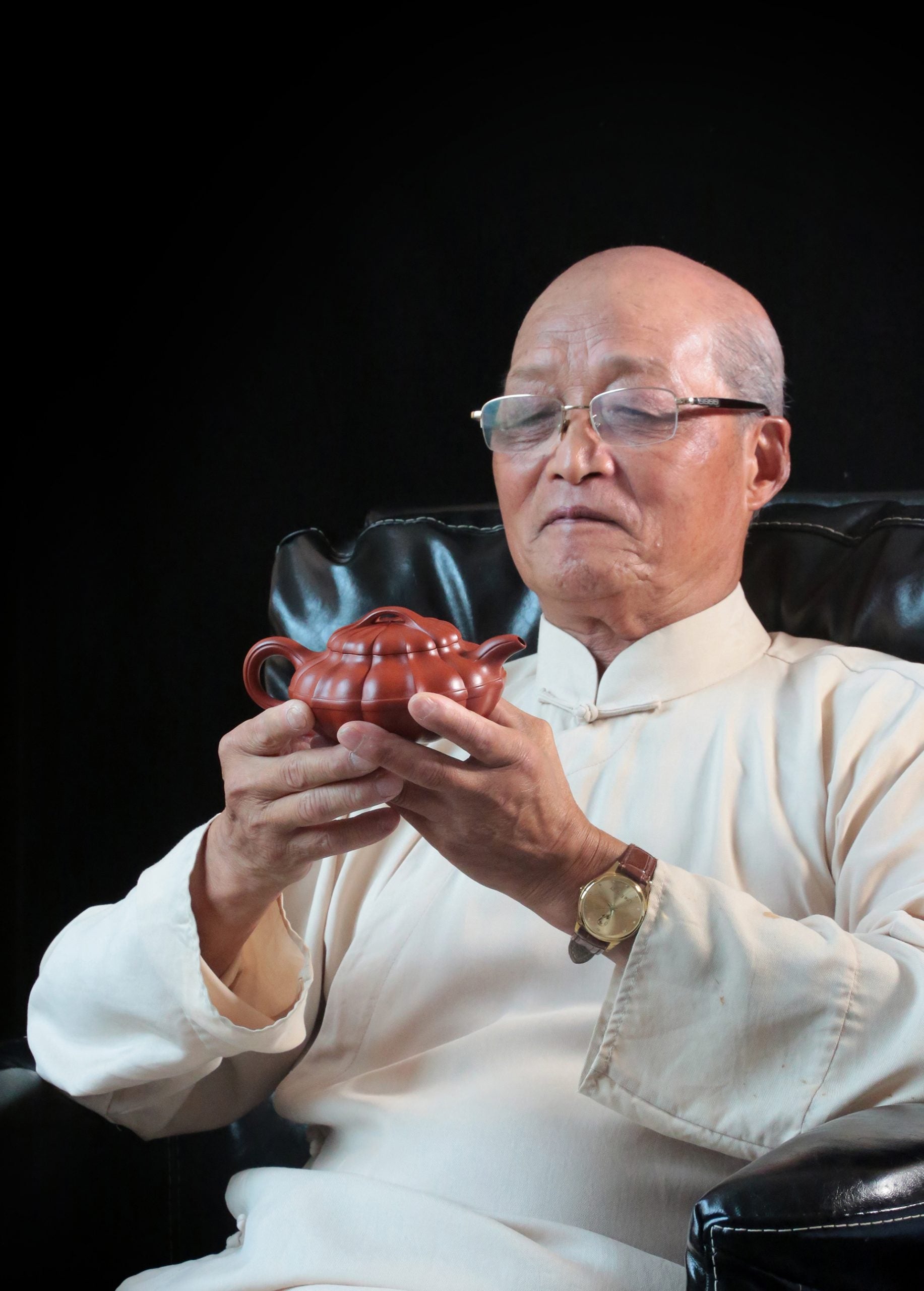
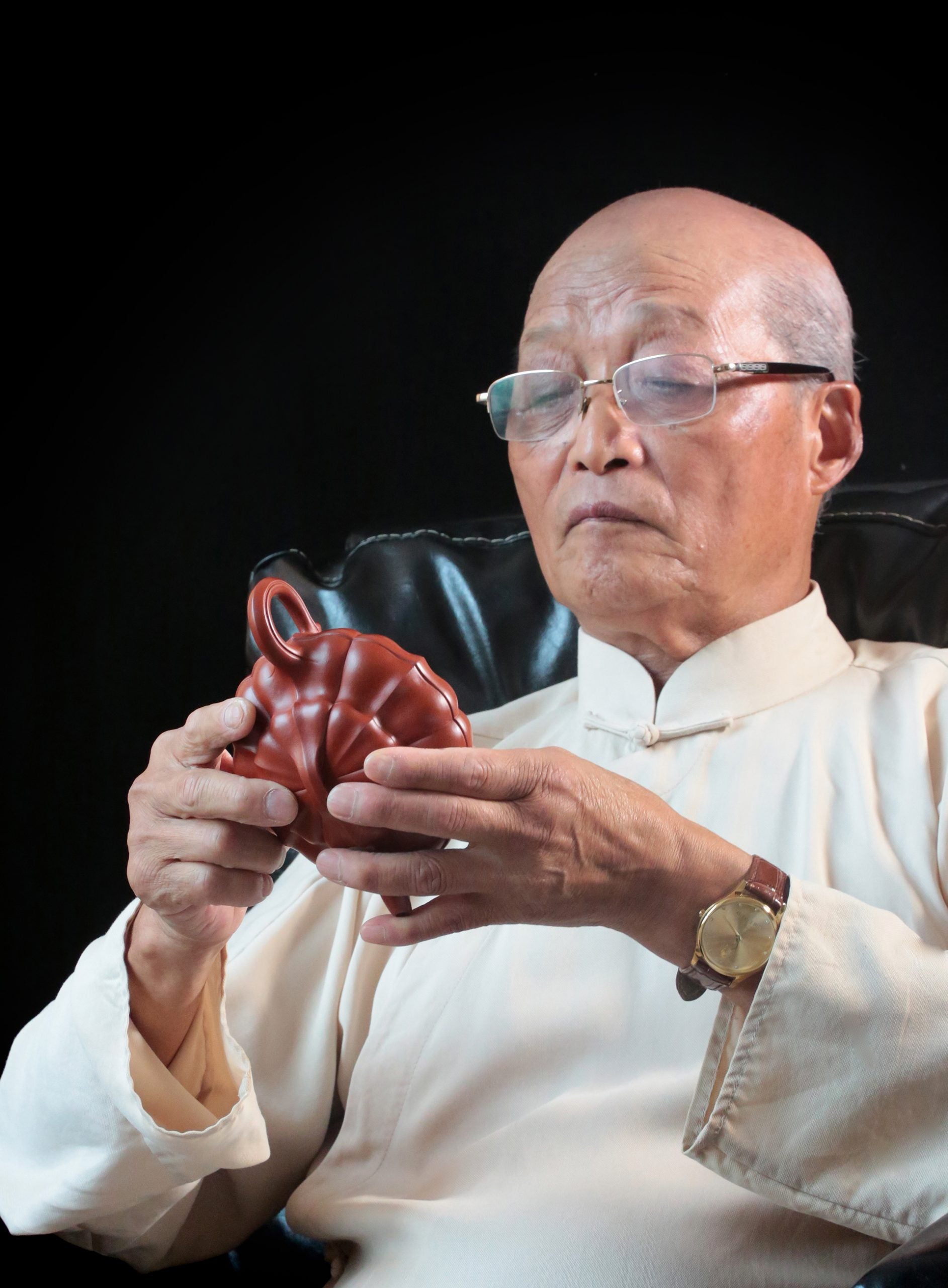
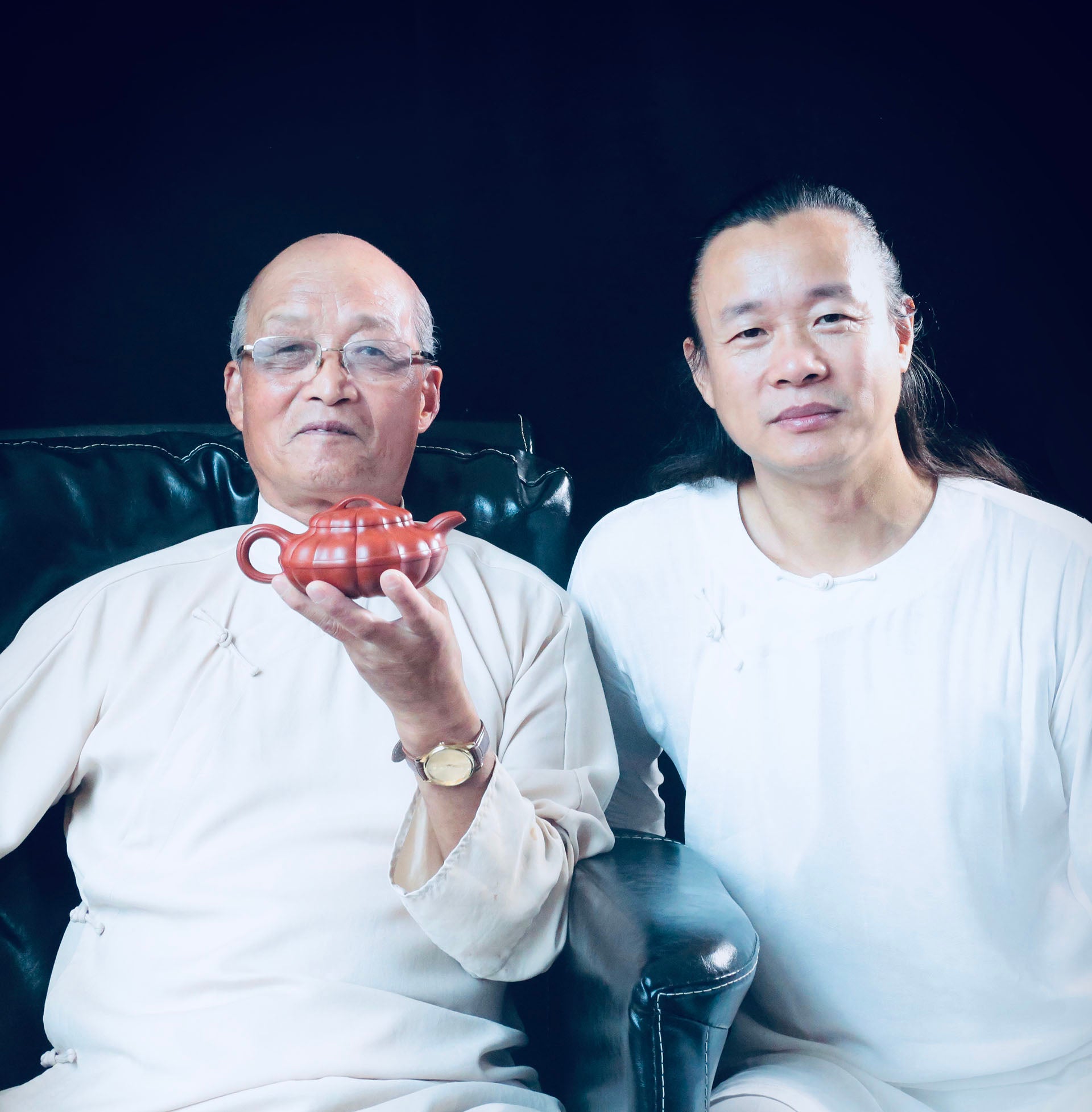
Fang Lipin Huanglongshan Cinnabar Mine Thread Round Teapot




















Fang Lipin Huanglongshan Cinnabar Mine Thread Round Teapot
Fang Lipin Huanglongshan Cinnabar Mine Thread Round Teapot
Fang Lipin Huanglongshan Cinnabar Mine Thread Round Teapot
Material: Huanglongshan cinnabar ore Capacity: 300cc
The linear-round teapot style emerged in the 1940s and has matured through the evolution of several generations of artisans. Early versions of this teapot were all made of purple clay. In the 1960s, Wu Yungen used dark green clay, and his tools were provided by Gu Jingzhou. His teapots achieved an even higher level of artistry, seamlessly blending form, technique, and artistic appeal.
The round-shaped Zisha teapot represents the most common shape in the Zisha teapot system, which is characterized by its ribbed texture. The design concept is mainly derived from the ribs or textures of fruits and petals in nature. It is created through different techniques, resulting in clear textures, smooth lines, and a rhythmic beauty.
Mr. Fang Lipin was a disciple of Wu Yungen.
An 80-year-old gentleman recalls his apprenticeship at the age of sixteen:
"It's so tough... In summer, fans are forbidden, even if it's unbearably hot! In winter, fires are forbidden! Zisha pottery is a product of the local climate, so fans are absolutely not allowed..."
Teacher Wu Yungen is amazing! He always says the opposite of what he means: if he says your teapot is "good," you have to redo it, or he'll smash it. But if it's good, he won't say anything at all.
The teapot's body is crafted from two clay slabs joined together to form a flattened sphere. The mouth is tangent to the hemispherical lid. The base is simple, with the bridge-shaped knob seamlessly integrated with the lid. The entire teapot achieves a refined elegance within its flattened roundness. A central waistline enhances the teapot's overall charm; the waistline, with its combination of square and rounded corners, achieves unity through variation, concealing any traces of clay work during the shaping process, resulting in a "seamless" effect. The bottom of the teapot features a simple, downward-pointing design. The lid knob is bridge-shaped, further enhancing the teapot's refined elegance within its flattened roundness.
...Time flies, and in the blink of an eye, he is eighty years old. His hands tremble, and he does less, but Mr. Fang's eyes are still very discerning!
Material: Huanglongshan cinnabar ore Capacity: 300cc
The linear-round teapot style emerged in the 1940s and has matured through the evolution of several generations of artisans. Early versions of this teapot were all made of purple clay. In the 1960s, Wu Yungen used dark green clay, and his tools were provided by Gu Jingzhou. His teapots achieved an even higher level of artistry, seamlessly blending form, technique, and artistic appeal.
The round-shaped Zisha teapot represents the most common shape in the Zisha teapot system, which is characterized by its ribbed texture. The design concept is mainly derived from the ribs or textures of fruits and petals in nature. It is created through different techniques, resulting in clear textures, smooth lines, and a rhythmic beauty.
Mr. Fang Lipin was a disciple of Wu Yungen.
An 80-year-old gentleman recalls his apprenticeship at the age of sixteen:
"It's so tough... In summer, fans are forbidden, even if it's unbearably hot! In winter, fires are forbidden! Zisha pottery is a product of the local climate, so fans are absolutely not allowed..."
Teacher Wu Yungen is amazing! He always says the opposite of what he means: if he says your teapot is "good," you have to redo it, or he'll smash it. But if it's good, he won't say anything at all.
The teapot's body is crafted from two clay slabs joined together to form a flattened sphere. The mouth is tangent to the hemispherical lid. The base is simple, with the bridge-shaped knob seamlessly integrated with the lid. The entire teapot achieves a refined elegance within its flattened roundness. A central waistline enhances the teapot's overall charm; the waistline, with its combination of square and rounded corners, achieves unity through variation, concealing any traces of clay work during the shaping process, resulting in a "seamless" effect. The bottom of the teapot features a simple, downward-pointing design. The lid knob is bridge-shaped, further enhancing the teapot's refined elegance within its flattened roundness.
...Time flies, and in the blink of an eye, he is eighty years old. His hands tremble, and he does less, but Mr. Fang's eyes are still very discerning!


















Frequently asked questions
Use the FAQ section to answer your customers' most frequent questions.
Order
Yes, we ship all over the world. Shipping costs will apply, and will be added at checkout. We run discounts and promotions all year, so stay tuned for exclusive deals.
It depends on where you are. Orders processed here will take 5-7 business days to arrive. Overseas deliveries can take anywhere from 7-16 days. Delivery details will be provided in your confirmation email.
You can contact us through our contact page! We will be happy to assist you.





